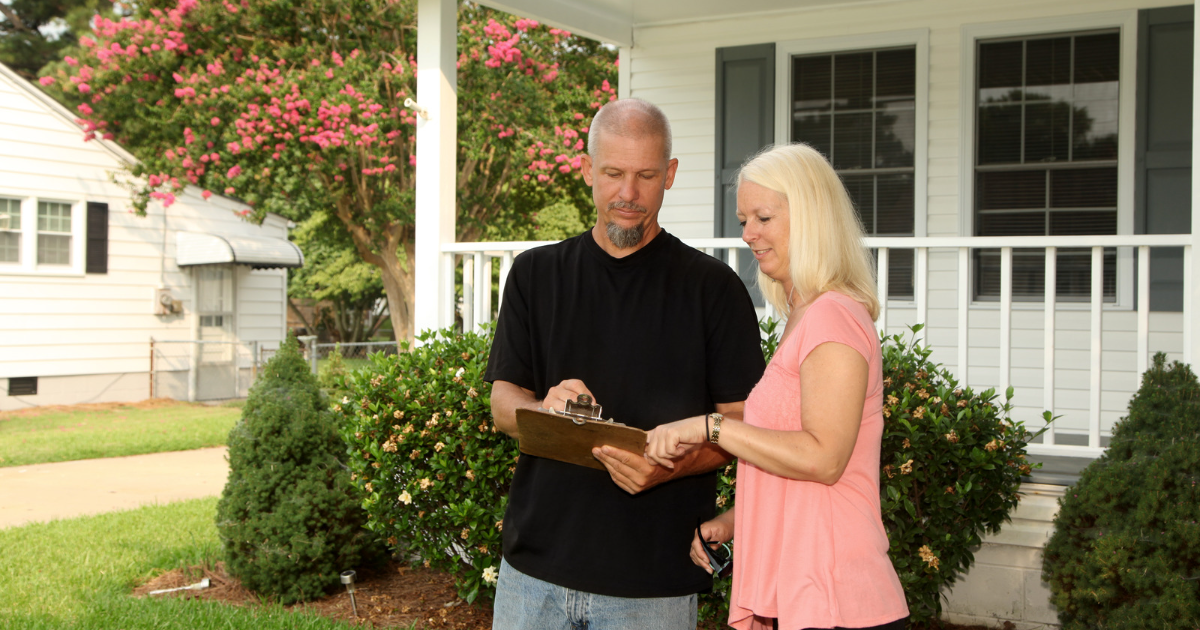Investing in rental properties can be an excellent source of passive income. However, choosing the right rental property can make all the difference in whether your investment is profitable or not. Evaluating rental properties for investment requires a combination of market analysis, property analysis, and financial analysis. In this article, we’ll go through the step-by-step process of how to evaluate rental properties for investment.
Understanding the Market
The first step in evaluating a rental property is to understand the market. Understanding the market involves researching the location of the property, the rental rates, and the vacancy rates. This information will help you determine the potential profitability of the investment.
Location Analysis

The location of a rental property is a critical factor in its profitability. You want to choose a location that is in high demand but not oversaturated. The following are some factors to consider when analyzing the location:
- Proximity to transportation
- Proximity to schools and universities
- Proximity to shopping centers and other amenities
- The crime rate in the area
- Zoning restrictions
Rental Rates Analysis
You need to research the rental rates in the area to determine the potential rental income of the property. Look at rental listings for similar properties in the area and compare the prices. You can also use online tools like Zillow and Rentometer to determine the average rental rates in the area.
Vacancy Rates Analysis
Vacancy rates refer to the percentage of rental properties that are unoccupied in the area. A high vacancy rate can indicate that the area is oversaturated with rental properties, which can make it challenging to find tenants. A low vacancy rate can indicate high demand for rental properties in the area.
Analyzing the Property

Once you have a good understanding of the market, the next step is to analyze the property itself. Property analysis involves examining the physical condition of the property, the potential rental income, and any expenses associated with the property.
Physical Condition of the Property
You need to assess the physical condition of the property to determine if any repairs or renovations are necessary. Some factors to consider when analyzing the physical condition of the property include:
- Age of the property
- Roof condition
- HVAC system
- Plumbing system
- Electrical system
- Foundation
Potential Rental Income
The potential rental income is the amount of money you can expect to earn from renting out the property. To determine the potential rental income, you need to consider:
- The size of the property
- The number of bedrooms and bathrooms
- Amenities, such as a pool or garage
- The condition of the property
Property Expenses
You also need to consider the expenses associated with the property, such as property taxes, insurance, and maintenance costs. These expenses can significantly impact the profitability of the investment.
Financial Analysis
The final step in evaluating a rental property is to perform a financial analysis. Financial analysis involves calculating the potential return on investment (ROI) and determining if the investment is profitable.
Calculating the ROI
To calculate the ROI, you need to consider the potential rental income and the expenses associated with the property. The ROI is calculated by dividing the net income by the total investment.
Determining Profitability

To determine if the investment is profitable, you need to compare the ROI to the expected return on investment. The expected return on investment is the minimum ROI that you would accept for the investment to be worth it.
Importance of Location in Evaluating Rental Properties for Investment
As an investor, purchasing a rental property can be a wise investment decision. Not only does it provide a potential source of passive income, but it also offers the opportunity for long-term appreciation in value. However, before diving into the world of rental properties for investment, it’s important to evaluate the property thoroughly to ensure that it is a profitable investment.
The first step in evaluating a rental property for investment is to research the location. Consider the neighborhood and surrounding areas, looking at factors such as schools, public transportation, crime rates, and local amenities. Location is a critical factor in the success of a rental property, as it can impact the demand for rental properties in the area, and therefore the potential rental income.
Evaluating the Physical Condition of the Property

Another important factor to consider when evaluating a rental property for investment is the physical condition of the property. Hire a professional home inspector to evaluate the property and identify any potential issues or necessary repairs. This will help you avoid unexpected expenses down the line and ensure that the property is in good condition before making a purchase.
Analyzing the Financials: Potential Cash Flow and Return on Investment
After analyzing the physical condition of the property, it’s time to evaluate the financials. This includes determining the property’s potential cash flow and return on investment. To calculate potential cash flow, subtract the total expenses (including mortgage payments, property taxes, insurance, and maintenance costs) from the total rental income. A positive cash flow is an indication that the property is a profitable investment.
In addition to evaluating cash flow, you should also consider the potential for long-term appreciation in value. Research the local real estate market trends to determine if property values are increasing or decreasing. If property values are increasing, there is a good chance that the property will appreciate over time, providing an opportunity for long-term growth.
Conclusion
Evaluating rental properties for investment requires a thorough analysis of the market, the property, and the financials. By understanding the location, rental rates, vacancy rates, physical condition of the property, potential rental income, and expenses.
You can make an informed decision about whether a rental property is a profitable investment. Remember to always do your research and consult with professionals before making any investment decisions.
FAQs
You can research the vacancy rates in the area to determine if it is oversaturated with rental properties. A high vacancy rate can indicate that there is more supply than demand for rental properties in the area.
Common property expenses include property taxes, insurance, maintenance costs, and repairs.
To calculate the potential rental income, you need to research the rental rates for similar properties in the area and estimate the number of months the property will be occupied.
The expected return on investment for rental properties varies depending on the investor’s goals and risk tolerance. Generally, a return on investment of 8-10% is considered good for rental properties.
